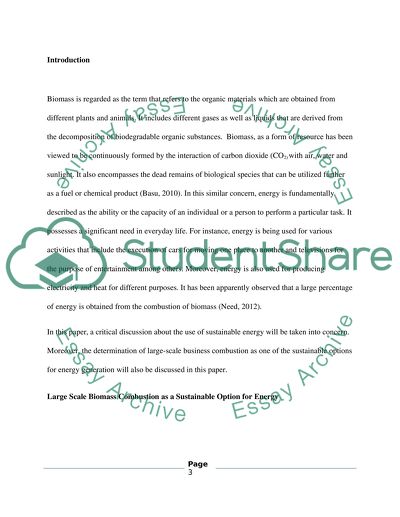Cite this document
(“Large-Scale Biomass Combustion Essay Example | Topics and Well Written Essays - 2000 words - 1”, n.d.)
Retrieved from https://studentshare.org/environmental-studies/1615306-is-large-scale-biomass-combustion-a-sustainable-option-for-energy-generation
Retrieved from https://studentshare.org/environmental-studies/1615306-is-large-scale-biomass-combustion-a-sustainable-option-for-energy-generation
(Large-Scale Biomass Combustion Essay Example | Topics and Well Written Essays - 2000 Words - 1)
https://studentshare.org/environmental-studies/1615306-is-large-scale-biomass-combustion-a-sustainable-option-for-energy-generation.
https://studentshare.org/environmental-studies/1615306-is-large-scale-biomass-combustion-a-sustainable-option-for-energy-generation.
“Large-Scale Biomass Combustion Essay Example | Topics and Well Written Essays - 2000 Words - 1”, n.d. https://studentshare.org/environmental-studies/1615306-is-large-scale-biomass-combustion-a-sustainable-option-for-energy-generation.


